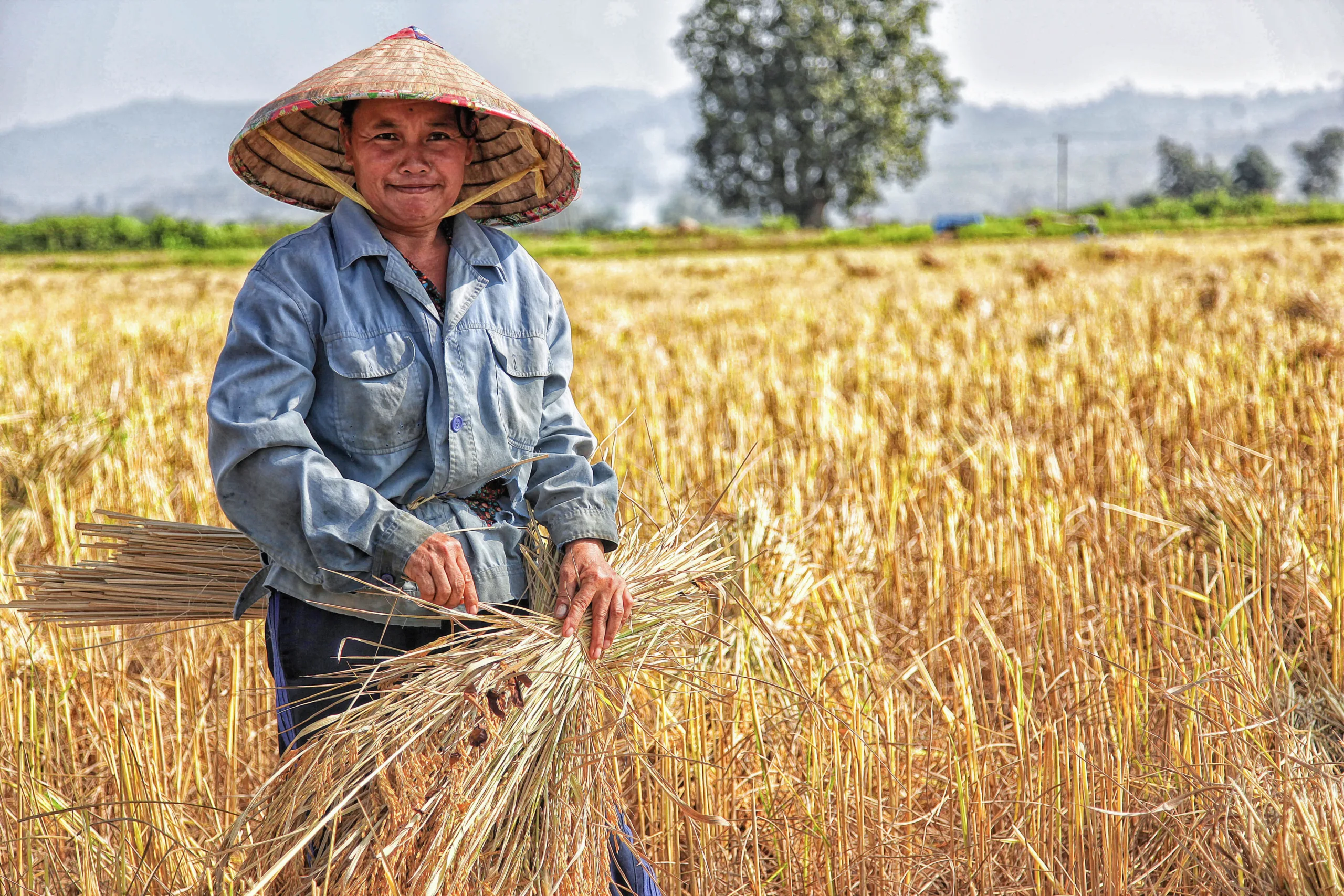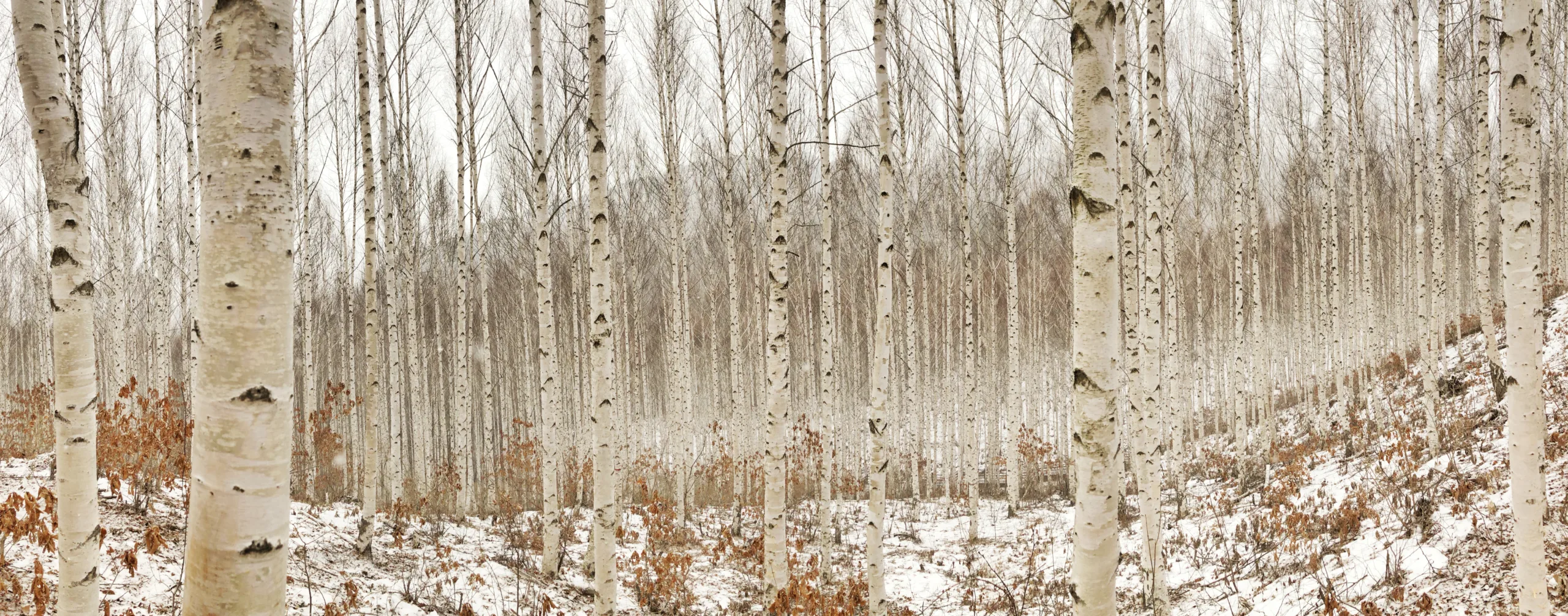Have you ever wondered how birch trees spread their seeds? As one of the most popular trees in North America, it’s fascinating to learn how they can reproduce and spread across the continent. In this article, we’ll discuss the science behind birch tree seed dispersal and what makes it so successful. We’ll also explore the environmental factors that may affect birch tree reproduction and seed dispersal. By the end of this article, you’ll have a better understanding of how birch trees spread their seeds and why this process is so important for their continued existence.
Birch trees reproduce through the process of seed dispersal. This is accomplished when the wind carries the tree’s small, winged seeds away from the parent tree and deposits them in a new location. The resulting seedlings will then take root and grow into new birch trees.
Types of Birch Tree Seeds
Birch trees are a popular choice for landscaping and gardening due to their attractive foliage and easy maintenance. They are also well-known for their beautiful, papery seeds that can be seen floating in the wind. Depending on the type of birch tree, there are a variety of seed types available.
The most common type of birch tree seed is the Betula pendula, or European White Birch. These seeds are winged, meaning they have two thin strips of paper-like material that help them float through the air. They have a distinct triangular shape and usually measure between 5 and 10 millimeters in length.
The Betula pubescens, or Downy Birch, has similar seeds but with an elongated shape instead of triangular. The wings on these seeds are also longer than those on the Betula pendula, which helps them to travel farther when carried by the wind.
Another type of birch tree seed is the Betula lenta, or Sweet Birch. These seeds have a round shape with two long wings at either end that resemble feathers. Sweet Birch seeds are larger than other varieties, measuring up to 20 millimeters in length.
Finally, there is the Betula nigra, or River Birch seed. These seeds have a rounded shape with long wings at either end that look like feathers as well. River Birch seeds measure between 6 and 10 millimeters in length and can be seen floating through the air during late summer months.
No matter which type of birch tree you choose to grow in your yard or garden, you will likely find yourself admiring its graceful beauty as its delicate papery seeds drift through the breeze each year!
Dispersal of Birch Tree Seeds
Birch trees are native to many parts of the world, and they are known for their beautiful bark and leaves. The birch tree is a deciduous tree, meaning that it sheds its leaves every fall. To ensure the survival of their species, birch trees have developed a few strategies for dispersing their seeds.
One way birch trees disperse their seeds is by using the wind. The tree produces lightweight, papery fruits known as samaras that contain one seed each. When the samara ripens in late summer or early fall, it breaks off from the tree and is carried away by the wind.
Another way birch trees disperse their seeds is through animals. Birds and other animals will eat the samaras and then spread them to new areas when they defecate or discard the seeds elsewhere. This helps ensure that birch trees can spread to new locations beyond where they naturally grew before.
Finally, some types of birches are able to spread their seed through water as well. This is because some birch trees produce winged fruits that are able to float on water for long distances before eventually washing ashore in a new area where they can take root and grow into a new tree.
Overall, birch trees have several strategies for dispersing their seeds so that they can continue to survive in different areas across the world even in harsh environments where other plants may not be able to survive.
The Role of Wind in Spreading Birch Tree Seeds
Birch trees are one of the most beloved trees in the world, and their seeds are spread through a variety of means. Wind is one of the primary methods for birch tree seed dispersal; when the seeds are ready, they can be carried away by the wind to new areas, where they may take root and grow into beautiful new trees.
The structure of birch tree seeds makes them ideal for wind dispersal. These seeds have a light, papery wing that is attached to one side of the seed. This wing can catch the air currents as it falls from the tree, carrying it away from its parent until it lands in a new area. This helps to ensure that birch trees have a chance to spread out and establish themselves in different parts of their natural range.
Not only does wind help to disperse birch tree seeds, but it also helps with pollination. Pollen from male birch trees is carried via wind currents and deposited onto female flowers, allowing for fertilization and reproduction. This further contributes to birch tree propagation and ensures that these beloved trees will continue to thrive for many years to come.
Wind may also play an important role in helping young birch saplings survive after germination. When birches first sprout from their seedlings, they require plenty of sunlight and water in order to thrive; however, strong winds can help by blowing away competing weeds and other plants that would otherwise compete with them for resources.
In conclusion, wind plays an important role in spreading birch tree seeds as well as helping young saplings survive after germination. Without this vital element, these beloved trees would not be able to propagate as successfully as they do today.
The Role of Animals in Spreading Birch Tree Seeds
Birch trees are a common species of trees found throughout the Northern Hemisphere. They are easily recognizable by their white bark, which often has a distinct diamond pattern. Birch trees are important for the environment as they provide food and shelter for wildlife, help prevent soil erosion and improve air quality. While birch trees can reproduce on their own, they can also rely on animals to help spread their seeds.
Various mammals, birds and insects play an important role in dispersing the seeds of birch trees. Small mammals such as squirrels and chipmunks will gather the seeds from beneath birch trees and transport them to new areas where they can germinate. Birds like thrushes, waxwings and cedar waxwings will eat the seeds while moving across large distances, helping to spread them across different areas as well. Insects like ants and bees also help to spread the seeds, carrying them away from the parent tree to new locations.
In addition to mammals and birds, mammals such as deer can also play a role in spreading birch tree seeds. Deer will often feed on fallen birches or bark from birch trees which helps to disperse the tiny seeds attached to them. This process allows for the seeds to be carried away from the parent tree and gives them a chance of taking root in a new location, allowing for further growth and expansion of birch forests.
The various animals that help spread birch tree seed are essential for maintaining healthy forests across different regions. Without their involvement it would be much more difficult for these species to spread their reproductive material across large distances and establish new populations in different locations. Therefore it is important that we work towards preserving these animals so that they can continue playing an important role in dispersing birch tree seed throughout the Northern Hemisphere.

How Water Affects the Dispersal of Birch Tree Seeds
Birch trees are common in many areas, and their seeds are often dispersed through water. This is due to the fact that birch tree seeds have a wing-like structure that allows them to be carried away by the wind or by flowing water. This enables the birch tree to spread its offspring over larger distances than other species.
The dispersal rate of birch tree seeds is heavily dependent on the amount of water present in an area. When there is an abundance of water, it will carry the seeds far away from the parent tree, allowing them to settle in new areas and potentially colonize new habitats. As such, areas with a high amount of rainfall or nearby bodies of water are more likely to experience successful birch tree colonization than dryer regions.
On the other hand, when there is not enough water present in an area, it can limit seed dispersal and lead to reduced germination success for birch trees. For example, if a river dries up during summer months or if there is a prolonged period of drought, then it can prevent birch tree seeds from reaching their intended destination and thus decrease their chances of successfully colonizing new areas.
In addition to affecting seed dispersal rates, water can also affect the germination process itself. When there is an abundance of water available for birch tree seeds, they tend to germinate more quickly than when exposed to drier conditions. This means that areas with ample amounts of rainfall or nearby bodies of water may experience faster population growth for birch trees compared to dryer regions with less available moisture.
Overall, it is clear that water plays a significant role in the dispersal and germination success for birch trees. Areas with higher amounts of rainfall or access to nearby bodies of water tend to experience more successful colonization by birch trees compared to drier regions where seed dispersal is limited and germination rates are slower.
Wind
Wind is a major factor in the dispersal of birch tree seeds. The light and fluffy nature of the seeds means that they can be easily picked up and transported by wind currents, both short and long distances. This is beneficial to the birch tree as it allows for the species to spread out over a wider area, ensuring successful pollination and helping to create new birch tree forests. The wind also helps to reduce competition for resources between trees as each tree has more space in which to grow.
Animals
Animals can also play a role in the dispersal of birch tree seeds. Small mammals such as squirrels, rodents, and birds may pick up seeds from underneath a birch tree and transport them in their fur or feathers to other locations. This allows for the species to spread out over larger areas, aiding in its survival. In addition, these animals may also act as seed predators, eating some of the seeds before they have a chance to germinate or be dispersed elsewhere.
Water
Water can also help disperse birch tree seeds over long distances. When heavy rains occur, water can carry some of the lighter seeds away from their parent tree. This is beneficial for the species as it allows for it to spread out over larger areas more quickly than if it were relying solely on wind or animal dispersal methods. Additionally, when flooding occurs, some of these lighter seeds may be able to float along with the water current until they reach an area suitable for germination.
Humans
Humans can also play a role in the dispersal of birch tree seeds. Humans may plant or transfer seedlings from one location to another in order to help create more diverse forests. This allows for different types of trees such as birches to be introduced into an area and helps create habitats that are more suitable for certain species of bird or animal life. Additionally, humans may transplant seedlings into their own gardens or yards, allowing them to enjoy the beauty of birches without having to purchase expensive saplings from nurseries.
Adaptations That Help Spread Birch Tree Seeds
Birch trees have a variety of adaptations that help them spread their seeds. One of the most prominent adaptations is the wings on the seeds, which allow them to be easily carried by the wind. This allows them to disperse over a wide area, giving the tree a greater chance of establishing itself in new locations. Another adaptation is the thin, papery bark on birch trees, which helps protect the developing seedlings from damage caused by animals or weather. Additionally, birch trees produce a large number of seeds each year, so even if some don’t make it to a favorable environment they can still reproduce successfully.
Birch trees also have an adaptation that helps them take advantage of fire. When exposed to heat, their highly flammable bark burns away quickly and exposes mineral-rich soil beneath. This provides an ideal environment for new seedlings to grow and thrive in the aftermath of a fire. This adaptation has allowed birch trees to become dominant species in regions prone to wildfires or other forms of disturbance.

Conclusion
Birch trees are a great source of food and shelter for many species of wildlife. They also provide an important source of fuel for many households in cold climates. The way that birch trees spread their seeds is by releasing them in the wind, allowing them to travel great distances. This helps ensure that birch trees can continue to thrive and provide the benefits they offer.
The seed dispersal process is essential for the survival of birch trees and other species that depend upon them. It is important to remember that not all birch tree species are the same, so it is important to research and understand which species are best suited for a particular environment before planting them.
Overall, understanding how birch trees spread their seeds can help us better understand their importance in our environment as well as appreciate the beauty they bring to our world. By taking steps to protect these trees and ensure their continued existence, we can make sure that future generations will have access to the numerous benefits they offer.

My interest in trees started when I first saw the giant sequoias in Yosemite.
I was a teenager then, and I remember thinking, “I need to learn more about this.”
That moment stuck with me.
A few years later, I went on to study forestry at Michigan Tech.
Since graduating, I’ve worked in a mix of hands-on tree care and community education.
I’ve spent over ten years helping people understand how to plant, maintain, and protect the trees in their neighborhoods.
I don’t see trees as just part of the landscape.
They are living things that make a real difference in our daily lives.
